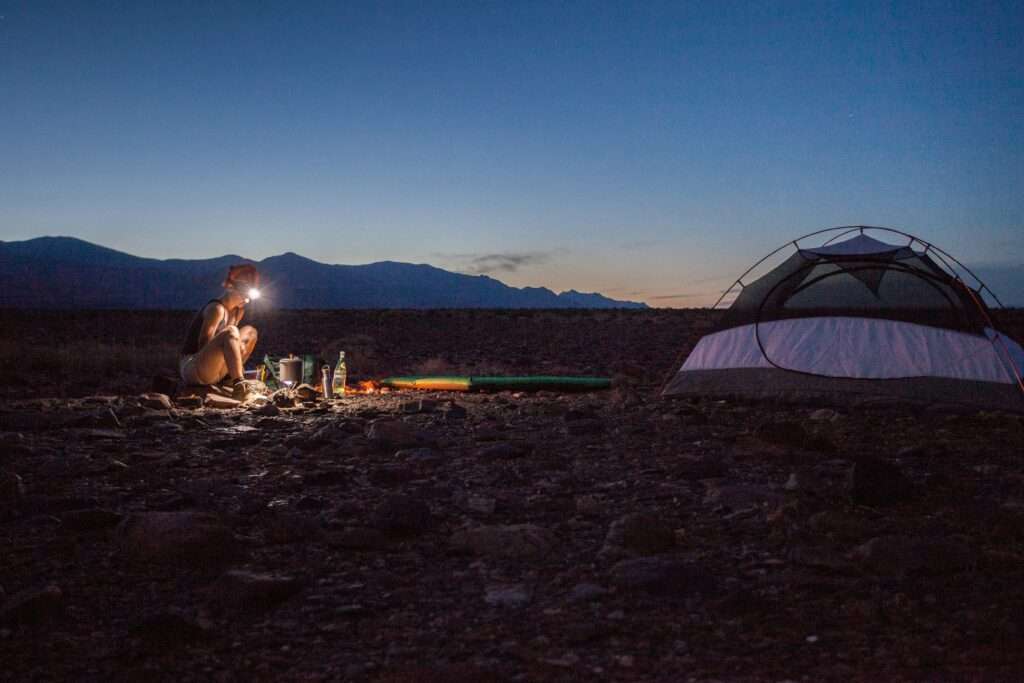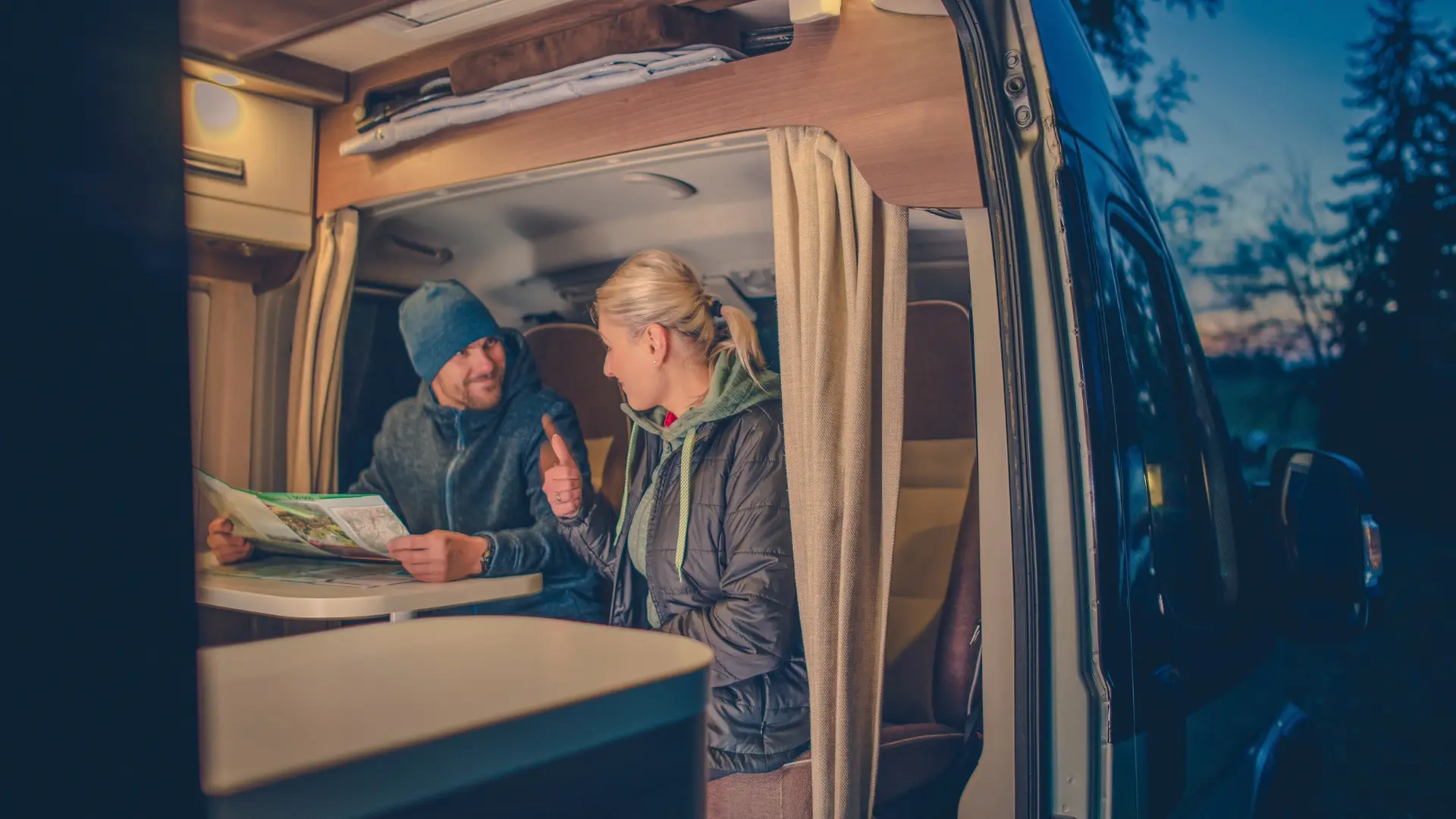Stealth camping, often called guerrilla camping, drop camping, or free camping, means finding places to camp informally without pre-arranging accommodations like campground reservations. Instead, stealth campers aim to camp discreetly overnight on public lands, private properties, or even urban spots using tents or vehicles.
While frowned upon in some areas and occasionally outright illegal, qualifying rules remain gray in many locales. Budget-conscious DIY travelers, camper van lifers, and rugged adventurers use stealth camping for self-directed journeys beyond traditional tourism infrastructure.
For beginners toying with dropping in discreetly to sleep under the stars instead of motel ceilings on their next escape, this overview provides essential guidance in navigating a responsible introduction to stealth camping.
Stealth Camping for Beginners
1. Pick Low-Risk Campgrounds

Image by Sebastian Marx from unsplash
Responsible camping means honoring nature and the communities temporarily hosting you by being respectful, responsible, and ready to pack out with your stealth camping gear fast if issues arise. Scope potential sites that avoid busier metropolises, heavily populated spaces, and high fire danger areas when possible.
Prioritize public lands like trusted National Forests and remote Bureau of Land Management tracts over private property where you risk problematic trespassing violations. Once onsite, pick natural nooks unlikely to disturb nearby homes or frequently traveled roads while offering a clean exit route if needed.
2. Travel & Camp Inconspicuously

Photo By Yuriy Rzhemovskiy from unsplash
Avoid drawing unnecessary attention to stealth camping by keeping things low-key. Travel roads are less driven in plain vehicles without loud music or rowdiness. Stop briefly with minimal noise when scouting potential sites to avoid arousing suspicion.
When claiming your spot for the night, immediately clean up food scraps or trash and store it in your stealth camping van to avoid attracting undesirable critters. Set up tents, park vehicles, and gather supplies discreetly out of sight from roads or homes. To stay safe and unnoticeable, you can also set up a truck bed in your camper. Keep voices down and flashlight use minimal after dark. Come morning, tear down early, and exit undetected.
3. Research Laws & Ownership
Get savvy on stealth camping rules, regulations, and public versus private ownership of lands ahead of travels to clarify legal standings. The Bureau of Land Management offers helpful maps to identify available public lands. However, policies vary significantly across counties and states regulating everything from campfires to waste disposal and even non-developed camping itself.
Respect signage indicating day use only, permit requirements, or total area closures to avoid costly citations. It is important for camper owners, to research details on seasonal fire bans and always carry proper identification in case questioned by authorities who check permits or land access rights.
4. Leave No Trace in Stealth Camping
Responsible stealth camping in the woods means embracing strict “Leave No Trace” environmental practices: Keep campsites clean, leave surroundings undisturbed, and carry out all trash indefinitely without campsite amenities handy. Come prepared carrying adequate food, water, fuel, and sanitary waste bags out each trip. Dig no trenches, build no furniture, and keep fires only where allowed using small shared fire pits when available or forgoing entirely. Make zero impact on your goal.
5. Be Self-Reliant & Prepared
With no potable water, electrical, or restroom facilities onsite, successful stealth trips require self-sufficient preparation packing provisions, protective gear, navigation, and repair tools. If you’re cooking your food on the go it is a good idea to invest in camping cookware for an open fire. Food, water, first aid kits, sleeping equipment suitable for all weather conditions, compass/maps, flashlights, waste bags, rain gear, and fire safety equipment help foster safe, enjoyable excursions.
Battery packs and communication devices prove useful if issues arise beyond self-rescue capabilities. Always file trip plans listing locations and expected return times with someone as a safety backup as well.
Conclusion
Responsibly embracing off-the-grid camping alternatives rewards venturers with budget-friendly stops and offbeat adventures beyond traditional tourism options. With adequate research, sound preparation, and embracing leave-no-trace ethics, stealth camping unlocks self-directed journeys chasing starry skies and scenic destinations rather than hotel vacancies.
However, neglecting rules or environmental stewardship earns the activity a bad reputation amongst public land managers and locals. Get savvy on regulations, travel discreetly, and stealth camp mindfully to discover rewarding passages down the unpaved and unplugged roads less traveled.
